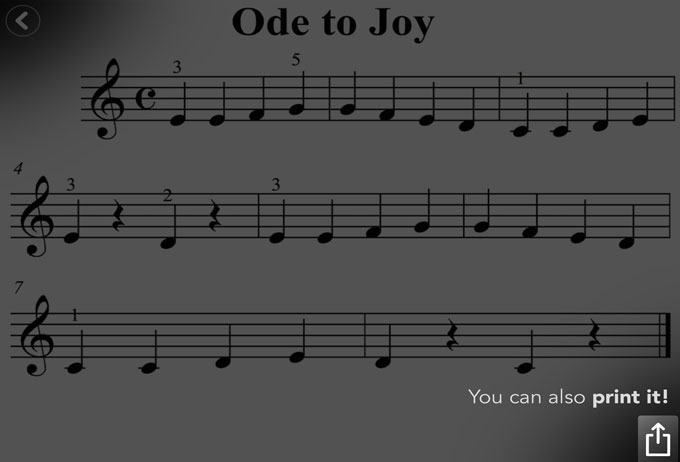
In a song with the smaller range of p to f, you may hear a greater distance between commands because there is more room for interpretation. The difference between p and mp may be difficult to distinguish, even when played back-to-back.

However, the audible distance between pp and ff would likely sound the same from either musician.īecause a piano has a limit to how loud or soft it can sound, it’s important to consider how many dynamic commands occur in a song in order to interpret them correctly:Ī composition with a range of pppp (pianississimo) to ffff ( fortississimo) will require the pianist to execute extremely subtle changes in volume in order to make room for the many dynamic commands that exist between these two extremes. Dynamics mark the relative changes in intensity, and do not express precise decibel levels a song in mezzo-piano played by two different pianists will sound slightly louder or softer depending on factors such as the players’ interpretations and the voices of their instruments. Musical dynamics control the volume of a song, and may be signified by words, symbols, or both. Arpeggiated chords are usually played from low to high, unless marked by a downward arrow.


Accents and curved lines placed around music notes change the way they sound and relate to each other.


 0 kommentar(er)
0 kommentar(er)
